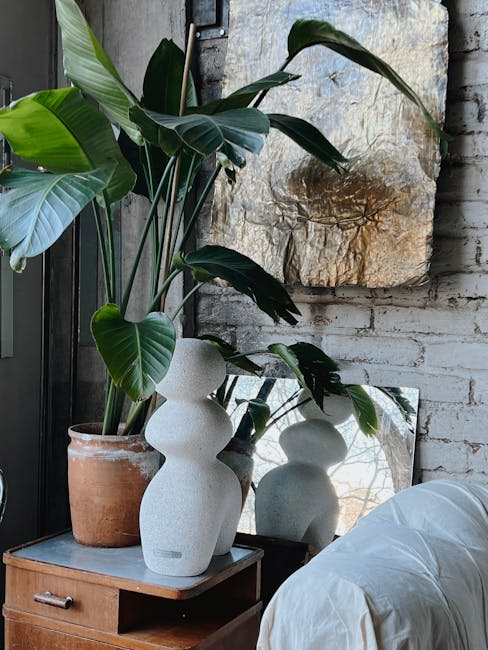How to Grow Vegetables in Buckets
Introduction
Growing vegetables in buckets, also known as container gardening, is a fantastic way to enjoy fresh, homegrown produce, even if you have limited space. It’s perfect for apartment dwellers, balcony gardeners, or anyone looking for a convenient and manageable gardening solution. This guide will walk you through everything you need to know to successfully grow vegetables in buckets, from choosing the right containers and soil to selecting the perfect vegetables and caring for your plants.
Choosing the Right Buckets and Supplies
Selecting Your Buckets
Not all buckets are created equal! When choosing buckets for your vegetable garden, consider these factors:
- Size: Larger buckets are generally better, as they provide more room for roots to grow. A 5-gallon bucket is a good starting point for many vegetables.
- Material: Food-grade plastic buckets are ideal. Avoid buckets that previously held chemicals, as these can leach into your soil and affect your plants.
- Drainage: Crucially important! Drill several drainage holes (at least 4-5) in the bottom of each bucket to prevent waterlogging.
- Color: Dark-colored buckets can absorb more heat, potentially damaging roots in hot climates. Lighter colors are preferable.
Essential Supplies
Beyond the buckets themselves, you’ll need a few other key items:
- Potting Mix: Use a high-quality potting mix, not garden soil. Potting mix is lighter, better draining, and provides essential nutrients.
- Watering Can or Hose: For regular watering.
- Fertilizer: A balanced slow-release fertilizer or liquid fertilizer to provide nutrients throughout the growing season.
- Hand Trowel: For planting and transplanting.
- Gardening Gloves: To protect your hands.
- Plant Labels: To keep track of what you’ve planted.
Choosing the Right Vegetables
Best Vegetables for Bucket Gardening
While you can grow a surprising variety of vegetables in buckets, some thrive better than others:
- Tomatoes: Choose determinate (bush) varieties as they are more compact. Cherry tomatoes are also a great option.
- Peppers: Bell peppers, chili peppers, and other varieties do well in buckets.
- Eggplant: Compact varieties are best suited for container gardening.
- Leafy Greens: Lettuce, spinach, kale, and other leafy greens are easy to grow in buckets.
- Herbs: Basil, mint, parsley, thyme, and other herbs are ideal for container gardening.
- Radishes: Grow quickly and don’t require much space.
- Bush Beans: A good choice for bucket gardening as they don’t need trellising.
- Cucumbers: Choose bush varieties or provide a trellis.
Vegetables to Avoid
Some vegetables are not well-suited for bucket gardening due to their size or root systems:
- Corn: Requires a lot of space and is wind-sensitive.
- Watermelon: Needs a large container and significant support.
- Pumpkins: Similar to watermelon, requiring substantial space.
- Potatoes: While technically possible, potatoes need a *very* large container for a decent harvest, often making it impractical for most bucket gardeners.
Planting and Caring for Your Vegetables
Planting Your Vegetables
- Prepare the Buckets: Ensure adequate drainage by verifying holes are clear.
- Fill with Potting Mix: Fill the bucket with potting mix, leaving a few inches of space at the top.
- Plant the Seedlings: Dig a hole large enough to accommodate the root ball of the seedling. Gently remove the seedling from its container and place it in the hole.
- Backfill with Potting Mix: Fill the hole with potting mix and gently firm the soil around the plant.
- Water Thoroughly: Water the newly planted vegetable thoroughly until water drains from the bottom of the bucket.
- Add Support (if needed): For taller plants like tomatoes or peppers, add a stake or cage for support.
Watering and Fertilizing
Proper watering and fertilization are crucial for healthy vegetable growth:
- Watering: Water regularly, especially during hot, dry weather. Check the soil moisture by sticking your finger about an inch into the soil. If it feels dry, it’s time to water. Avoid overwatering, which can lead to root rot.
- Fertilizing: Fertilize regularly according to the instructions on your fertilizer. Slow-release fertilizers can be incorporated into the potting mix at planting time, while liquid fertilizers can be applied every few weeks.
Sunlight and Location
Most vegetables need at least 6-8 hours of sunlight per day. Choose a sunny location for your bucket garden. If you live in a hot climate, consider providing some afternoon shade to protect your plants from excessive heat.
Pest and Disease Control
Monitor your plants regularly for signs of pests or diseases. Common pests include aphids, whiteflies, and spider mites. Treat infestations promptly with insecticidal soap or neem oil. Ensure good air circulation to prevent fungal diseases.
Harvesting Your Vegetables
Harvest your vegetables when they are ripe and at their peak flavor. Regular harvesting encourages continued production. Refer to specific harvesting instructions for each type of vegetable.
Conclusion
Growing vegetables in buckets is a rewarding and accessible way to enjoy fresh, homegrown produce. By following these tips, you can create a thriving container garden, even in a small space. So, grab some buckets, seeds, and soil, and start growing your own delicious vegetables today!














Post Comment